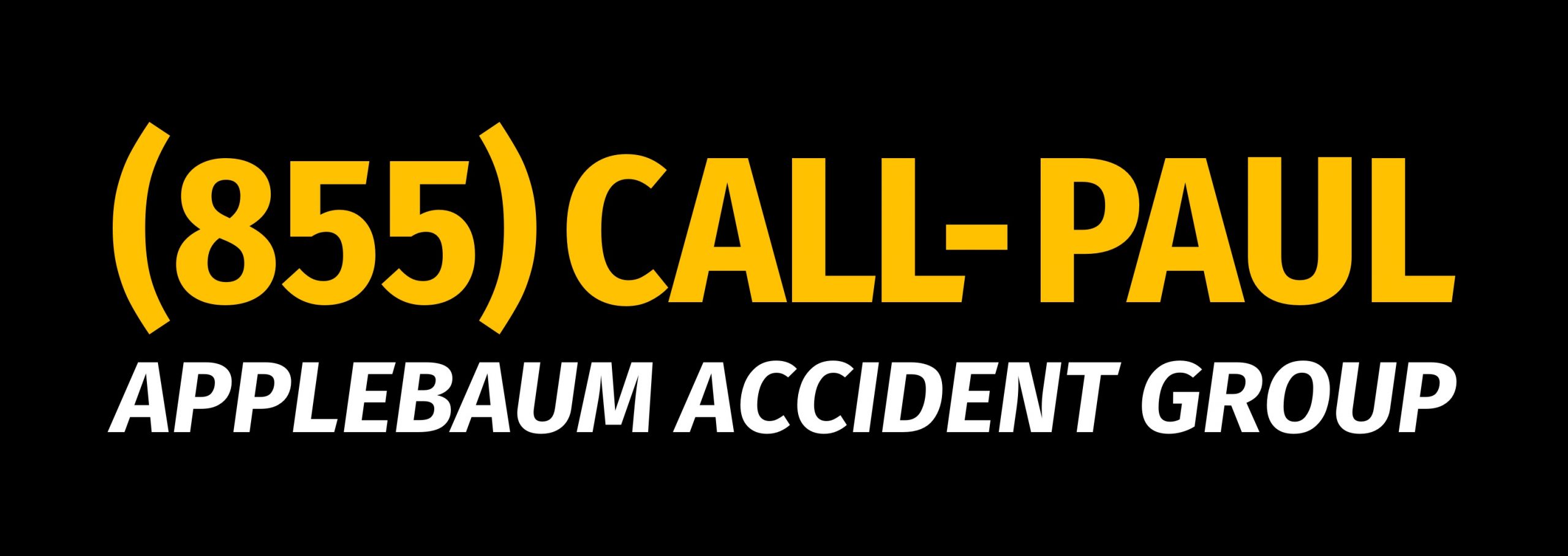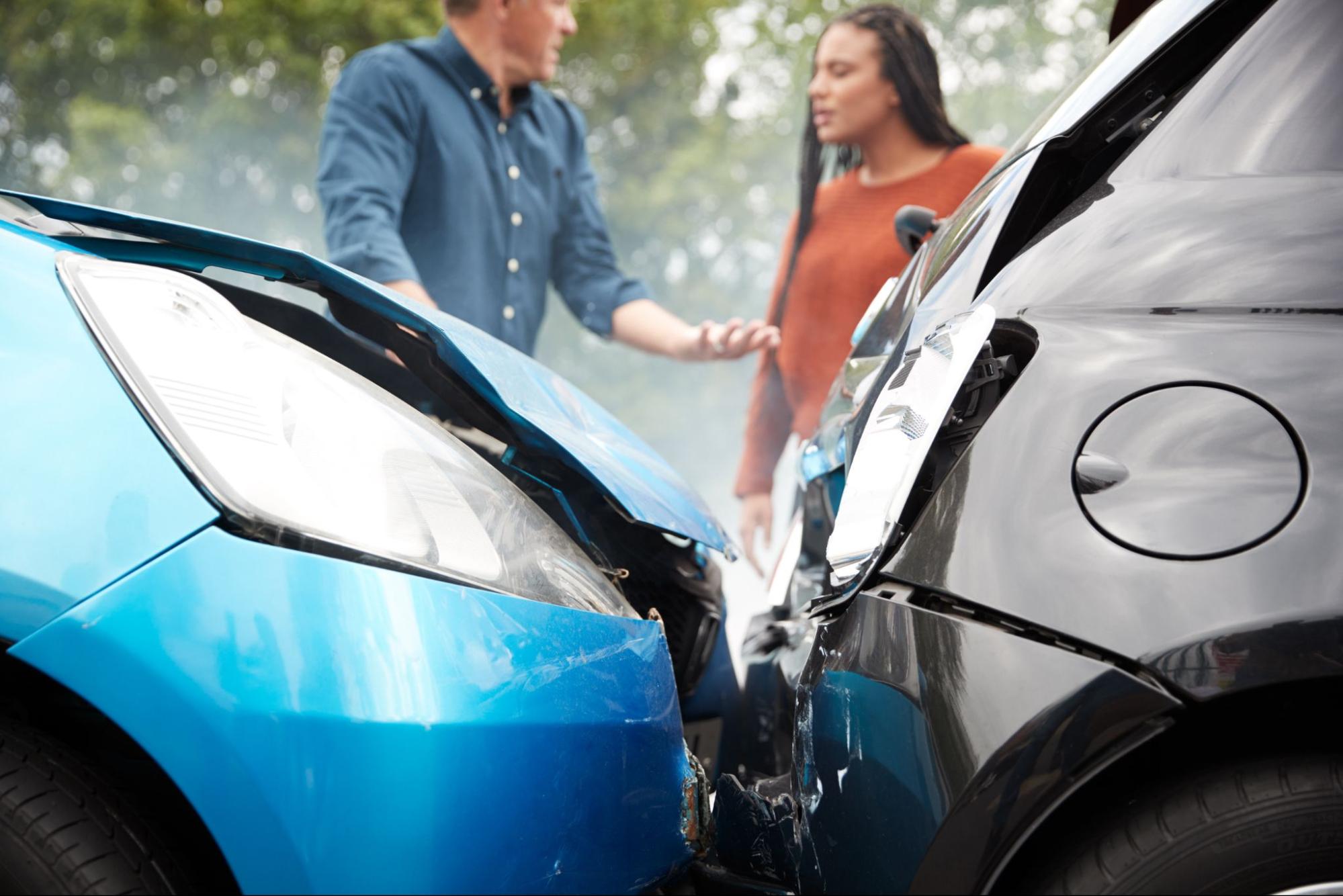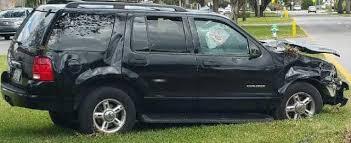To file an uninsured motorist claim in Florida, report the accident, seek medical treatment within 14 days, notify your insurer, submit documentation, and consider legal help if denied. UM coverage helps when the at-fault driver has no insurance and your PIP isn’t enough.
Car accidents are stressful enough, add an uninsured driver to the mix, and things get messy fast.
In Florida, uninsured motorist (UM) coverage steps in when the at-fault driver can’t pay.
This guide walks you through each step of the process and tackles common questions like “Will my rates go up?” and “What if I missed the 14-day deadline?” Whether you’re dealing with a hit-and-run or denied coverage, this article is your roadmap to filing a successful UM claim in Florida.
What Is Uninsured Motorist Coverage in Florida?
Uninsured motorist (UM) coverage is a type of auto insurance designed to protect you when the at-fault driver in a car crash doesn’t have insurance, or doesn’t have enough.
It steps in when your personal injury protection (PIP) runs out, especially in cases involving bodily injury or long-term medical expenses. Underinsured motorist (UIM) coverage is a related option that applies when the other driver’s policy limits are too low to cover your total damages.
This coverage isn’t automatically included in Florida auto insurance policies. In fact, many drivers mistakenly believe they have it, only to discover they declined it when purchasing their policy.
It’s also common to overlook the option to stack coverage across multiple vehicles, an option that can significantly boost your available compensation after a car accident. For example, if you own two cars and carry $25,000 in UM coverage per vehicle with stacking elected, you could potentially access $50,000 for a single accident.
It’s also worth noting that UM coverage does not apply to property damage. If your vehicle needs repairs after a crash with an uninsured driver, that falls outside what UM covers.
You’ll need collision coverage or other applicable policies to address vehicle damage. UM is specifically designed to help with bodily injury, lost wages, pain and suffering, and other medical-related damages not covered by PIP.
Because Florida is a no-fault state, your own insurance company pays your initial medical bills through PIP, regardless of who caused the crash. But that only goes so far. Once your PIP limit is exhausted (typically $10,000), and your injuries continue to rack up medical expenses or wage loss, uninsured motorist insurance becomes your next line of defense.
This is where many policyholders hit roadblocks. Some discover after a car accident that they never added UM to their policy, while others run into problems because their coverage isn’t stacked, or their insurer disputes the severity of their injuries. Worse, some are offered low settlements or face denial altogether.
If you’re unsure whether you have UM or UIM coverage, or whether it’s stacked, review your auto insurance policy immediately. Ask your insurance company for written confirmation and request a copy of your coverage declarations page. It’s a step many wish they’d taken earlier.
When Should You File a UM Claim?
You should file an uninsured motorist (UM) claim when the driver responsible for your car accident either has no insurance or cannot be identified. These situations include:
- The at-fault driver is uninsured. You’ve confirmed through a police report or insurance verification that the other party has no auto insurance coverage.
- A hit-and-run crash. The other driver leaves the scene and cannot be identified. Even without their identity, your UM coverage may still apply, if you can prove the accident occurred.
- Underinsured driver. The at-fault party has insurance, but their policy limits are too low to cover your medical expenses, lost wages, or long-term injuries. In this case, you’d turn to your underinsured motorist (UIM) coverage to fill the gap.
Don’t wait for your insurance company to tell you if UM/UIM applies, ask upfront and reference the situation clearly when you file a claim.
Time-Sensitive Triggers
- 14-Day Medical Rule: You must seek medical treatment within 14 days of the car accident to unlock your personal injury protection (PIP) benefits. Failing to do so may disqualify you from using PIP, even if your injuries are real. However, an Emergency Medical Condition (EMC) determination may still allow some leeway after the 14-day window if it’s properly documented.
- Four-Year Deadline to File: Florida’s statute of limitations for personal injury claims is four years from the date of the accident. While that might sound like plenty of time, delays can hurt your credibility, and your recovery. Start the process early to avoid complications.
Step-by-Step: How to File a UM Claim in Florida
Step #1 – Seek Medical Attention Within 14 Days
Your first move after any car crash should be to see a doctor. This activates your PIP coverage and ensures your injuries are documented. Without timely treatment, you risk losing eligibility for coverage, even if you’re in pain weeks later.
If the 14-day window passes, all is not lost. Emergency Medical Condition (EMC) evaluations can still support your case. These evaluations determine the seriousness of your injuries and whether you require extended care, which can help unlock further compensation.
Step #2 – Notify Your Insurance Company ASAP
Call your auto insurer as soon as possible and mention that you are filing a UM claim. Be ready to:
- Share your policy number and accident details.
- Note that the other driver is either uninsured, underinsured, or unknown.
- Clearly state you’re seeking to use uninsured motorist coverage.
Delaying this notice can weaken your position or even give your insurer grounds to deny the claim.
Step #3 – Gather Documentation
Solid evidence is the backbone of any insurance claim. Compile:
- A copy of the police report
- Your medical records and bills
- Photos of the accident, vehicle damage, and injuries
- Repair estimates for vehicle damage (if applicable)
- Proof of income loss, such as employer letters or pay stubs
- Witness statements if others saw the crash
Keep everything organized. Some insurance companies ask for the same documentation more than once, a known tactic to delay or devalue your case.
Step #4 – Submit the UM Claim
Once your documentation is complete, file your uninsured motorist claim formally with your insurer. Include:
- All gathered documents
- A detailed letter explaining why UM/UIM coverage applies
- Medical evaluations and cost projections if injuries are ongoing
Make copies of everything and request written confirmation of receipt.
Step #5 – Communicate Carefully With the Adjuster
Claims adjusters are not your advocates. Their job is to limit payouts, even if you’re dealing with your own auto insurance provider. When speaking to the adjuster:
- Stick to the facts only.
- Never admit fault, even informally.
- Don’t downplay or exaggerate injuries.
- Keep all communication in writing, including follow-ups, summaries of phone calls, and document submissions.
Adjusters have used recorded statements and verbal admissions to deny valid claims. Assume everything you say is on the record.
Step #6 – Follow Up or Hire Legal Help If Denied
If your claim is delayed, undervalued, or denied outright, it may be time to consult a personal injury lawyer. Many individuals wait too long and end up settling for far less than they deserve, or nothing at all.
At Applebaum Accident Group, we’ve seen firsthand how quickly things change when a knowledgeable legal team steps in. We work with accident lawyers and medical providers across Florida to ensure injured drivers aren’t left navigating these insurance traps alone.
🚨 Common Worries (and Solutions)
“My insurer is ghosting me.”
Solution: It’s more common than you think. Many policyholders report that their insurer stops responding or delays next steps for weeks, sometimes months. The solution? Keep a detailed communication log. Write down every call, email, and voicemail. If progress stalls, escalate to a supervisor or file a complaint with the Florida Department of Financial Services.
“I didn’t get the driver’s info, now what?”
Solution: You’re not alone. In the chaos of an accident, it’s not always possible to gather every detail. A police report becomes even more vital in these cases. Even if you didn’t get the other driver’s name or license plate, an official record of the incident may allow your UM coverage to activate, especially for hit-and-run claims.
“What if I only had liability coverage?”
Solution: This is where many Florida drivers get caught off guard. Liability coverage only protects other drivers, not you. If you didn’t elect to add uninsured motorist insurance, you won’t be able to file a UM claim. Always review your auto insurance policy declarations page and confirm whether UM/UIM is active. If not, consider adding it to avoid future financial exposure.
“I signed something, did I ruin my claim?”
Solution: Possibly. If you signed a recorded statement or a settlement offer from the insurance company, it could limit your ability to pursue full compensation. That’s why we always recommend consulting with a personal injury lawyer before signing anything. Legal representation can prevent you from making irreversible mistakes.
“My coverage wasn’t enough, now I owe money.”
Solution: This happens often in underinsured motorist cases. The at-fault driver’s policy covered only a fraction of your losses, and now your bills exceed their liability limits. If you have stacked UIM coverage, you may be able to increase your claimable amount. Stacking allows you to combine UM/UIM limits across multiple vehicles on your policy, something many drivers skip, but regret later.
Documentation Checklist for UM Claims
Use this list to stay organized throughout the uninsured motorist claim process:
- Police report documenting the crash
- Medical records and ongoing treatment logs
- Witness statements (written or recorded)
- Photographs of your injuries, vehicle damage, and accident scene
- Repair estimates from certified auto shops
- Proof of lost wages, such as recent pay stubs or employer verification
- Written communications with your insurer (emails, letters, claim forms)
The more complete your file, the harder it is for an insurance company to deny or delay your claim.
Insights You Wish You Knew Earlier
- Most drivers don’t review their auto insurance policy until it’s too late. They assume they have coverage, only to learn after a serious car accident that they declined or misunderstood key protections.
- One of the most overlooked assumptions? That uninsured motorist coverage was automatically included. It isn’t. You must elect UM and UIM when purchasing your policy, and the documentation matters. Always request your declarations page and verify UM in writing.
- Another misconception surrounds stacked coverage. Many drivers skip stacking to save a few bucks, not realizing that it typically costs only $5–$10 more per month. That small fee can double or triple your available coverage if you own multiple vehicles. It’s an upgrade worth revisiting today, not after a denial.
- And while some insurance companies are responsive, others apply pressure by delaying the claim process: repeatedly asking for documents you’ve already submitted, questioning medical necessity, or shifting communication between departments. It’s frustrating by design. The solution is consistency, track every request, and escalate when timelines stall.
- Another proven tactic? Track your symptoms daily. A journal becomes compelling evidence in a UM claim, helping you document your pain, medical visits, sleep disruptions, and lost workdays. It also supports your credibility if insurers question the severity of your injuries.
- Finally, know that claim denials are not the end. Many are issued by default, not because your case is weak, but because the insurer assumes you’ll walk away. Persistence is what turns a denied claim into a paid one.
Struggling With a UM Claim? Stop Doing It Alone.
You’ve followed every step. You’ve gathered documents, reported the car accident, and notified your insurance company. But instead of help, you’re getting silence, lowball offers, or a confusing maze of policies and delays. Sound familiar?
Here’s the truth: Florida’s uninsured motorist (UM) claims process isn’t designed with you in mind, it’s designed to slow you down and wear you out. That’s exactly why Applebaum Accident Group exists.
We don’t just understand the system. We’ve built a network that cuts through it.
How Applebaum Accident Group Can Help:
- We connect you with the right attorney, someone who takes your injuries, story, and outcome seriously, and knows how to fight insurance companies that don’t.
- We streamline access to trusted medical providers, including specialists who perform Emergency Medical Condition (EMC) evaluations and understand how to document injuries properly.
- We give you direction, a simple, real-world plan to move from delay and confusion to compensation and recovery.
What Life Looks Like After You Call Us
Imagine not second-guessing every email, phone call, or form. Imagine knowing that your case is in the hands of real professionals who know how Florida works, not junior staff or people who treat you like just another number.
With Applebaum Accident Group, you’ll get clarity, speed, and leverage. Your case will move forward, with a legal and medical team that’s been handpicked to match your needs.
You don’t need to know all the answers. You just need to call.
📞 855-225-5728 | Request Your Free Consultation Now.





